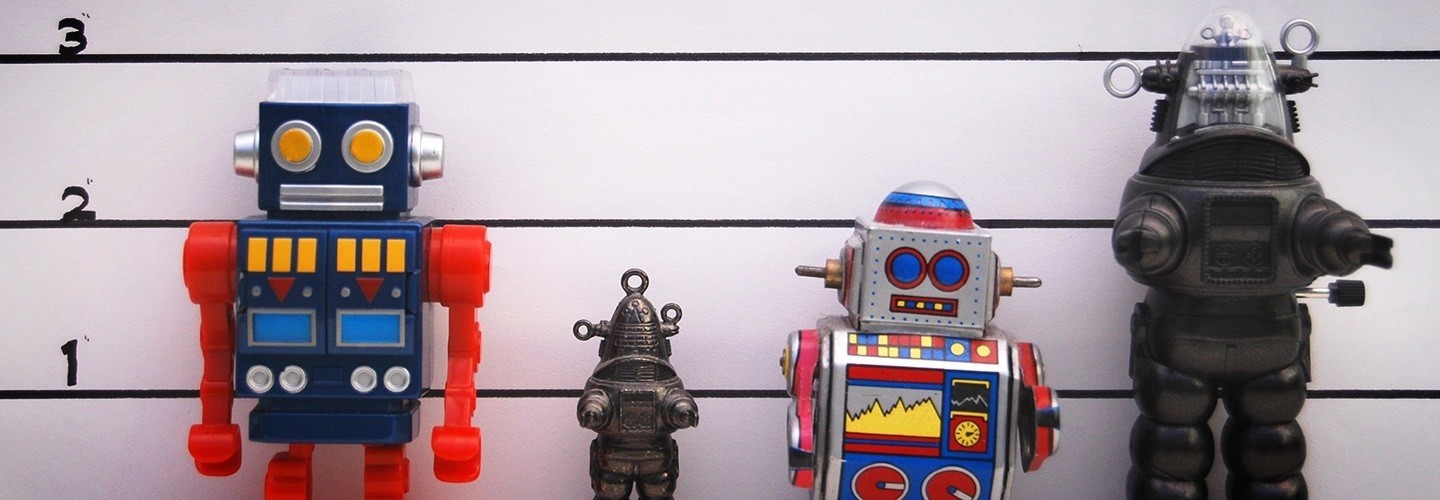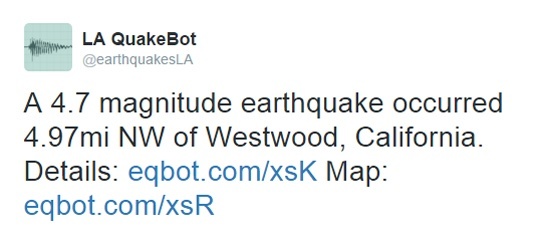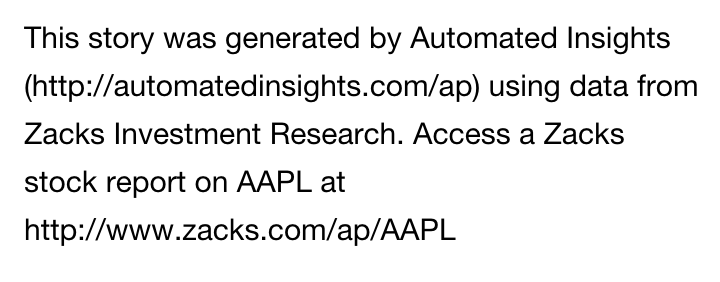
Get used to automation in newsrooms
The robots are already here. More will likely follow. They won't replace human journalists. But they will change the job.
In manufacturing and law, in the military and space travel, robots — meaning, machines that can handle complex human tasks — are increasingly occupying roles that once required people. It was only a matter of time before the robot presence in journalism would be felt. That day is either near or here. Carefully crafted algorithms are writing articles on business and sports, reporting earthquakes before humans can recognize the event, and tracking the internet for what might become huge.
A quick definition: robot (or “automated”) journalism is news work done by software that is designed to:
- Relieve humans of tedious workloads
- Increase efficiency and remove mistakes
- Do things that humans might not be able to.
From bots that find things online, to “natural language” software that turns data into stories, to machine learning programs that can personalize your news feed, automation is creeping into normal practice. But the machines can’t do it alone. Humans have to create the algorithms, and in this sense they are responsible for them. People review drafts, check for errors and give the green-light to publish. When they find mistakes they try to fix the algorithms so that the error won’t be made again.
The big unknowns are: how to provide transparency and accountability for algorithmic decision-making, whether editorial judgment can in some way be automated, and what the possibilities are when robots and human journalists work together.
Key quotes
The future of computational journalism and automation will — and should — be a collaborative one, where you have machines and people working together in a very conversational way.
The idea that humans will always have a unique ability beyond the reach of non-conscious algorithms is just wishful thinking. It is based on the traditional assumption that intelligence and consciousness are inextricably linked to one another. For millions of years of evolution, this may have been true. But no longer.
The best protection as you move further into robot newswriting is a constant focus on testing, and on making sure editors understand how the software really works.
If you believe that your job as a journalist is to enhance public knowledge and enrich civic life, then I think you should realize writing is simply one of the tools you have at your disposal.
Examples
LA QuakeBot

In 2011, LA Times unveiled Quakebot, which uses data from the Earthquake Notification Service to automatically generate short reports — in under three minutes — when earthquakes happen, in the form of tweets.
WikipediaLiveMonitor

The Wikipedia Live Monitor watches the current edits in Wikipedia to see if there’s an unusual activity. So if an article is receiving a lot edits in a very short period of time, the bot goes: “Wait a minute, there is something going on here!”
Automated Insights
 Yahoo
Yahoo
AP started working with Automated Insights in 2014, using its Wordsmith platform for automated earnings stories. Yahoo and AP are two of the biggest clients of the service.
censusAmericans

censusAmericans is a bot that mines the U.S. Census Bureau data to create short biographies of anonymous Americans, giving faces to data. With just a few details of their lives, people suddenly become more than just statistics.
Why is this important?
If machines can improve newsroom efficiency, and make journalists more powerful organizers of information, that's a good thing ... right?Killer links
- Nieman Reports How algorithms are helping reporters expand coverage, engage audiences, and respond to breaking news
- Medium.com An ethical checklist for robot journalism
- Nieman Lab The New York Times built a robot to help make article tagging easier
- Slate How can we instill journalistic ethics in robot reporters?
- MediaShift Algorithms are more of a tool than a threat
- Poynter With new product, Automated Insights hopes to make ‘robot journalism’ cheaper and more plentiful
- Data & Society A Brief Survey of Journalistic Twitter Bot Projects
People to follow
-
 Alexis Lloyd is the creative director of the NY Times R&D Lab
Alexis Lloyd is the creative director of the NY Times R&D Lab -
 Justin Myers is the news automation editor at the AP.
Justin Myers is the news automation editor at the AP. -
 Jonathan Stray is a freelance journalist and computer scientist.
Jonathan Stray is a freelance journalist and computer scientist. -
 Narrative Science is a company that trains computers to write news stories.
Narrative Science is a company that trains computers to write news stories. -
 Automated Insights is the creator of Wordsmith, a platform to automate writing.
Automated Insights is the creator of Wordsmith, a platform to automate writing.
